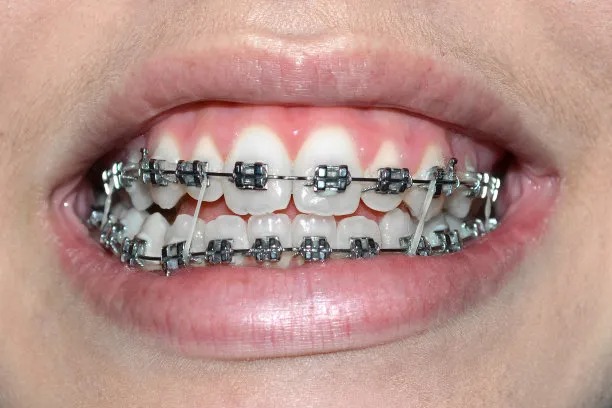Comprehensive Guide to Dental Implant Treatment Enhancing Your Smile and Confidence with Advanced Oral Solutions
Summary: Dental implants have revolutionized the field of restorative dentistry, offering numerous benefits like enhanced aesthetics, improved oral function, and increased confidence. This comprehensive guide delves into the nuances of dental implant treatment, from the initial consultation to long-term maintenance, ensuring patients are well-informed. In exploring the process, types of implants, advantages, and preventative care, this article aims to equip readers with essential knowledge about how dental implants can significantly enhance their smiles and overall self-esteem. Embracing advanced oral solutions is a journey toward not just a better smile, but also a revitalized sense of confidence.
1. Understanding Dental Implant Procedures

The dental implant procedure begins with a thorough consultation and assessment. Dentists conduct diagnostic examinations, including visual inspections and imaging, to determine the state of the jawbone and surrounding tissues. This helps in formulating a tailored treatment plan that addresses individual needs and circumstances.
After establishing a personalized plan, the surgery begins with the placement of the implant itself. This titanium post is surgically inserted into the jawbone, where it will eventually integrate with the bone through a process known as osseointegration. Its crucial for the implant to settle securely to ensure longevity and functionality.
Post-surgery, a healing period allows the implant to fuse with the bone, typically ranging from a few weeks to several months. During this time, patients might receive temporary crowns to restore appearance while they await the final prosthetic. Understanding these stages helps demystify the process and set clear expectations for those considering implants.
2. Types of Dental Implants Available
Two primary types of dental implants exist: endosteal and subperiosteal. Endosteal implants are the most commonly used type, consisting of a titanium post surgically implanted directly into the jawbone. They are ideal for patients with sufficient jawbone density.
On the other hand, subperiosteal implants are placed under the gum but above the jawbone, making them suitable for individuals with minimal bone height or density. Understanding the differences between these implants aids in making informed decisions tailored to individual health conditions.
In addition to conventional implants, there are also advanced options, such as immediate-load implants and zygomatic implants. Immediate-load implants allow the fitting of a temporary crown on the same day as placement, while zygomatic implants are designed for patients with severe bone loss. Exploring these options broadens the horizon for individuals seeking solutions for missing teeth.
3. Advantages of Dental Implants
One of the primary advantages of dental implants is improved aesthetics. Unlike traditional dentures that can slip or appear unnatural, implants are designed to look and feel like real teeth, providing an authentic smile. This remarkable aesthetic benefit contributes significantly to enhanced self-esteem.
Functionality is another notable advantage. Dental implants restore full chewing function, enabling individuals to enjoy their favorite foods without discomfort. This restoration leads to improved digestion and overall health, as patients are more likely to maintain a varied and nutritious diet.
Furthermore, dental implants contribute to long-term oral health. They prevent bone loss in the jaw, which can occur when teeth are missing. By preserving bone structure, implants not only enhance smile aesthetics but also help maintain facial features and prevent age-related changes.
4. Maintenance and Long-Term Care
Maintaining dental implants is crucial for their longevity and effectiveness. Regular dental check-ups are essential, as dentists can monitor the health of the implant and surrounding tissues. These visits enable early detection of any potential issues, ensuring prompt intervention.
Oral hygiene practices play a pivotal role in implant care. Brushing twice daily, flossing, and using antimicrobial mouthwash can significantly reduce the risk of peri-implantitis, a condition that affects the tissue surrounding implants. Education on proper dental care should be a cornerstone of the treatment process.
Moreover, lifestyle choices impact the longevity of dental implants. Avoiding tobacco products and managing health conditions, such as diabetes, can enhance the success of implant treatments. Understanding these aspects can empower patients to take proactive steps in maintaining their oral health.
Summary:
This comprehensive guide emphasizes the importance of dental implants in transforming smiles and enhancing confidence. Through understanding the procedures, types of implants, their benefits, and maintenance, individuals can embark on a successful journey towards improved oral health and aesthetics. Dental implants represent a promising solution for those seeking to restore functionality and aesthetics, helping individuals smile freely and confidently.
This article is compiled by Vickong Dental and the content is for reference only



